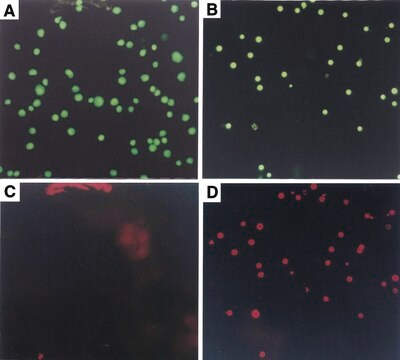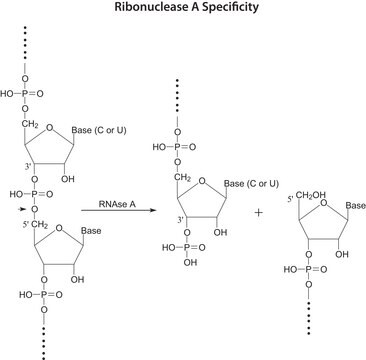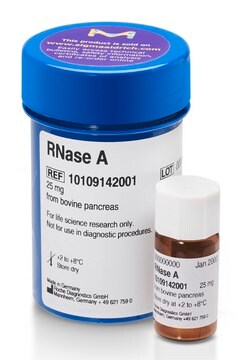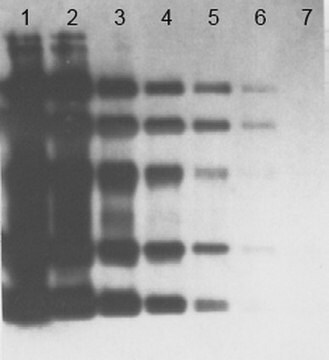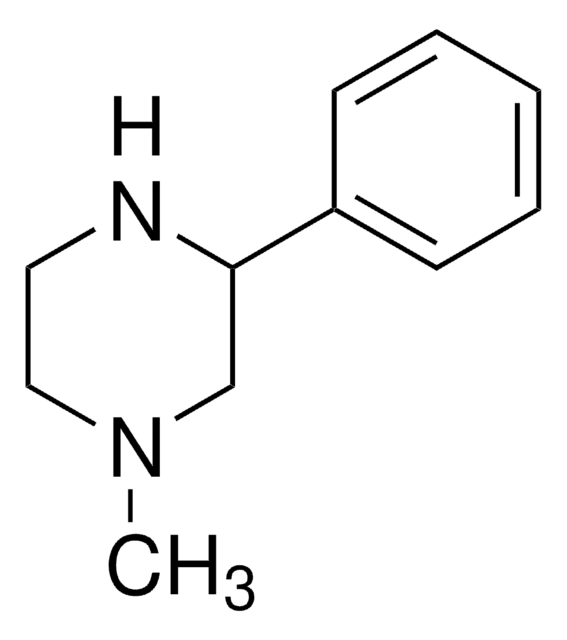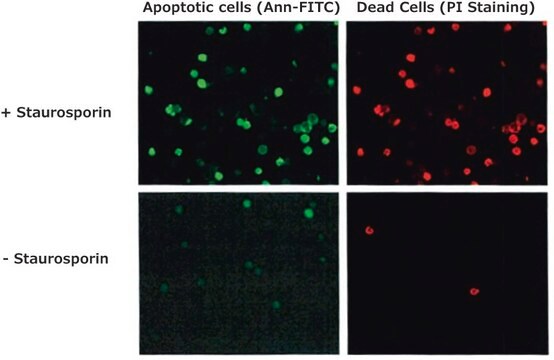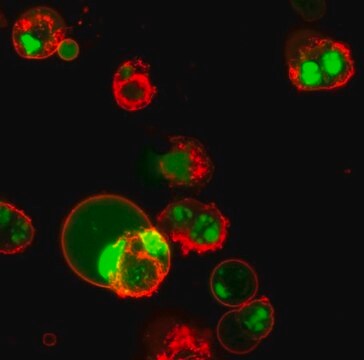APOBRDU
Flow Cytometry Kit for Apoptosis
About This Item
Empfohlene Produkte
Verwendung
sufficient for 60 cell suspensions
Verpackung
pkg of 1 kit
Methode(n)
flow cytometry: suitable
Anwendung(en)
cell analysis
detection
Nachweisverfahren
fluorometric
Versandbedingung
wet ice
Lagertemp.
2-8°C
Anwendung
Leistungsmerkmale und Vorteile
Verpackung
Prinzip
Nur Kit-Komponenten
- Br-dUTP 480 μL
- Fluorescein PRB-1 antibody 300 μL
- Negative control cells 5 mL
- PI/RNase staining buffer 30 mL
- Positive control cells 5 mL
- Reaction buffer .6 mL
- Rinsing buffer 120 mL
- Terminal deoxynucleotidyl transferase (TdT) 45 μL
- Wash buffer 120 mL
Signalwort
Danger
H-Sätze
Gefahreneinstufungen
Carc. 1B - Eye Irrit. 2 - Flam. Liq. 2 - Resp. Sens. 1 - Skin Sens. 1
Lagerklassenschlüssel
3 - Flammable liquids
Flammpunkt (°F)
55.4 °F
Flammpunkt (°C)
13 °C
Analysenzertifikate (COA)
Suchen Sie nach Analysenzertifikate (COA), indem Sie die Lot-/Chargennummer des Produkts eingeben. Lot- und Chargennummern sind auf dem Produktetikett hinter den Wörtern ‘Lot’ oder ‘Batch’ (Lot oder Charge) zu finden.
Besitzen Sie dieses Produkt bereits?
In der Dokumentenbibliothek finden Sie die Dokumentation zu den Produkten, die Sie kürzlich erworben haben.
Kunden haben sich ebenfalls angesehen
Artikel
Cell based assays for cell proliferation (BrdU, MTT, WST1), cell viability and cytotoxicity experiments for applications in cancer, neuroscience and stem cell research.
Unser Team von Wissenschaftlern verfügt über Erfahrung in allen Forschungsbereichen einschließlich Life Science, Materialwissenschaften, chemischer Synthese, Chromatographie, Analytik und vielen mehr..
Setzen Sie sich mit dem technischen Dienst in Verbindung.


